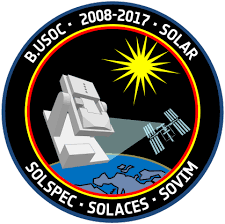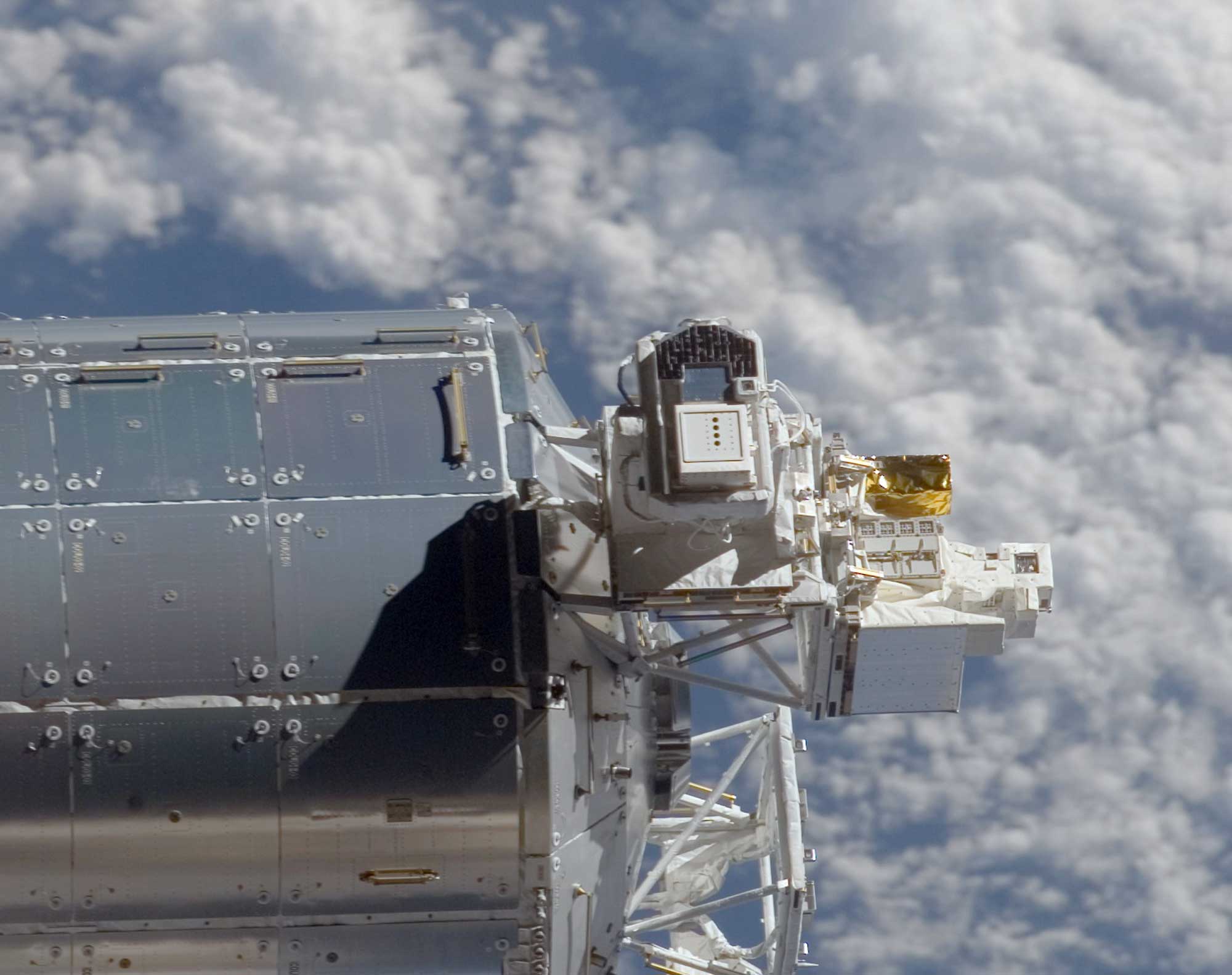»SolACES« – nine years on the ISS
SolACES, the solar spectrometer developed by Fraunhofer IPM and installed on the ISS, supplied unique measurement data on solar activity for nine years. As the SOLAR research mission has come to an end, the successful experiment was ceremoniously deactivated on 15 February 2017 at the B.USOC control centre in Brussels.


The SolACES solar spectrometer flew to the International Space Station in February 2008 as part of the SOLAR research mission. Its planned lifetime was one and a half years. Yet SolACES reliably supplied data on the sun’s extreme ultraviolet (EUV) spectrum for nine years. Together with other measurement data, the SolACES data today forms the basis for modern climate models. Perhaps SolACES most important result was furnishing proof that the current solar cycle features a considerably lower energy level for EUV radiation than preceding cycles. If this trend continues and is shown to hold true for other spectral regions as well, it could indicate that a lower temperature rise in our atmosphere due to solar radiation can, at least a little, counteract anticipated major global warming.
One mission – three instruments
The SOLAR research mission comprised three scientific experiments aimed at studying the sun: SOLSPEC from France, the Swiss SOVIM and SolACES from Fraunhofer IPM. These three experiments – each in its own sector – were intended to gather information on the solar spectrum. Their task was to determine the sun’s total energy input into our climate system and to separate it from the climatic influences resulting from the impact of man. It is only on the basis of these very accurate solar radiation values that we can use modern climate models to clarify how individual climate factors interact and contribute to global warming.
The challenge of space
SolACES was used to measure extreme ultraviolet (EUV) radiation absorbed by the atmosphere and which thus cannot be measured from Earth. EUV radiation is directly related to solar activity and thus allows us to draw conclusions as regards solar energy input into our climate system. Measuring the highly variable EUV region is extremely difficult. Consequently, Fraunhofer IPM developed a method which allows correction of spectrometer degradation typical of conditions in space and thus permits highly accurate measurement of the fluctuations in solar radiation. So this was the first time scientists managed to continuously calibrate EUV spectrometers in space and thus limit measurement error to 10 percent – an accuracy which had not been achieved before. This measuring accuracy was crucial to the European Space Agency’s decision to prolong the experiment’s lifetime twice to a total of nine years. The laboratory is thus the longest running research experiment to have taken place on the ISS.
SolACES sets standards
SOLAR was ceremoniously deactivated on 15 February 2017 at the B.USOC control centre in Brussels, exactly nine years to the day after it commenced operation. There was a lot to celebrate: firstly, the performance of the measuring systems and the measuring method itself had been improved continuously and near-optimised. Secondly, thanks to SOLAR, climate research now has a dataset on solar activity whose quantity and quality are unparalleled. This is why the measurements are to continue: a new measuring concept is to be developed for this in cooperation with the renowned World Radiation Centre in Davos. This concept involves combining SolACES spectrometers with highly precise Total Solar Irradiance (TSI) detectors and thus allowing the established SolACES measuring method to be utilised for the entire spectral region.
Further information:
Video showing deactivation of SOLAR at the B.USOC control centre:
https://livestream.com/ESA/solar